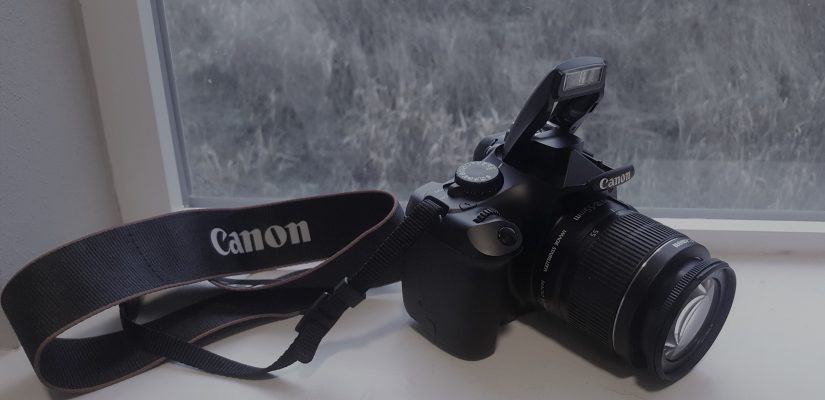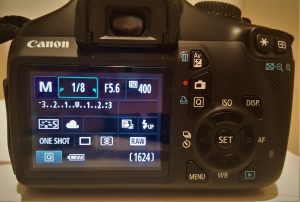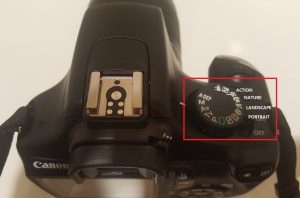
Digital Photography – Let the Research Begin
My phone (a Samsung Galaxy S7) takes really good pictures. In fact, the ability to do low light photos was one of the big draws for me. But if I wanted to take the kinds of shots that I see flicking across Chromecast or on the unlock screen of my laptop I would need to learn how to use a real digital camera. Luckily I bought my husband one for Christmas a few years ago.
THE CAMERA
It is a Canon EOS Rebel T3 that I purchased through Amazon. (Nothing super fancy but it had good reviews and fit within the Christmas budget.) If you are just starting out, and don’t already have a camera, you can find a pretty good one for under $200. Obviously, there are plenty of cameras out there with all of the bells and whistles that cost way more than that, but until you are sure that you enjoy photography and are actually going to use your camera, there is no reason to make a huge investment yet. Even the camera on your phone is probably better than some of the digital cameras being made just a few years ago.
TUTORIALS 101
Now one option, and truthfully probably the best to improve my photos, would be to sign up for an in-person digital photography course. I, however, am a stay at home mom with very limited child care options so I’ve decided to just read and watch a bunch of tutorials online and wing it. Truth be told, online how-to guides and tutorials are really my favorite way to learn new things.
After reading through a number of tutorials and tips guides I can tell you that just because something says it is for beginners does not mean that it is. For a few of them, I seriously had that moment where you go “are we speaking the same language, because I only understood about 5 of the last 50 words”. Acronym soup. (Below I’ll briefly go over some of the most important terms and phrases in as simple a way as I can.)
After you get your camera I highly recommend searching for the phrase “how to use YOUR SPECIFIC CAMERA MODEL”. There is most likely a video out there that will walk you through all of the buttons on your camera and how to change the settings.
A Few Tips and Tricks for any Camera
Here are three general tips I picked up for more eye-pleasing compositions. These will work no matter what kind of camera, or phone, you are using.
Rule of 3 – If you place a tic-tac-toe grid over your scene it makes a more interesting photo if your subject is not in the center square but on one of the lines around that square. Some cameras (and phones) have the ability to show you that grid as you are taking your photo so you can better align your subject.
Lighting – Too much light and your photo gets overexposed and washed out. Too little light and it is underexposed and dark. The f-stop is used to help correct this issue. You can also use it to purposefully over or underexpose part of your photo to better focus on your subject.
Holding the Camera – The easiest way to avoid blurry shots from moving the camera when you press the shutter button is to use a tripod. I can’t say I currently carry a tripod so the two hand method is the next best thing. Right hand on the side, finger poised over the shutter button. Left hand underneath or cupped around the bottom of the lens to provide support. Also try to hold the camera close, with your elbows tucked into your body for added support.
A few important terms to get you started
Depth of Field – The distance in front of and behind the subject of your photo. When you are trying to have all of the focus on your subject and blur the background that is a shallow depth of field. If you are doing a full landscape shot that would be a large depth of field.

ISO – The ISO measures how sensitive your camera is to light. A low ISO number means it is less sensitive, good for outdoors on a sunny day. A high ISO is better for low light such as evening or indoors.
Aperture – This indicates how open the lens is when shooting to let light in. The aperture is measured in f-stops. A smaller number f/1.8 means a larger opening and more light. A larger number f/22 means less light coming through.
Auto Settings

Most digital cameras come with presets for common photo types (action, portrait, landscape, etc.). Even if you are trying to learn how to do all of the settings manually, these can at least give you a starting point to work from.